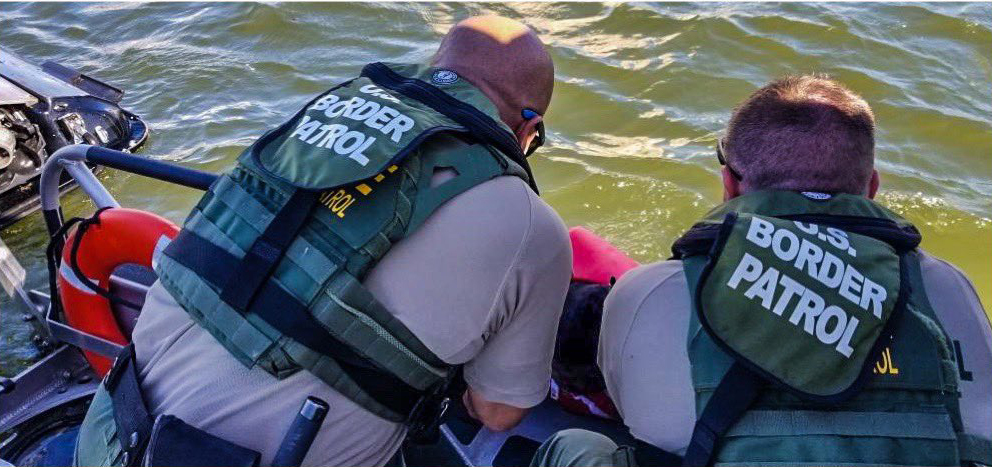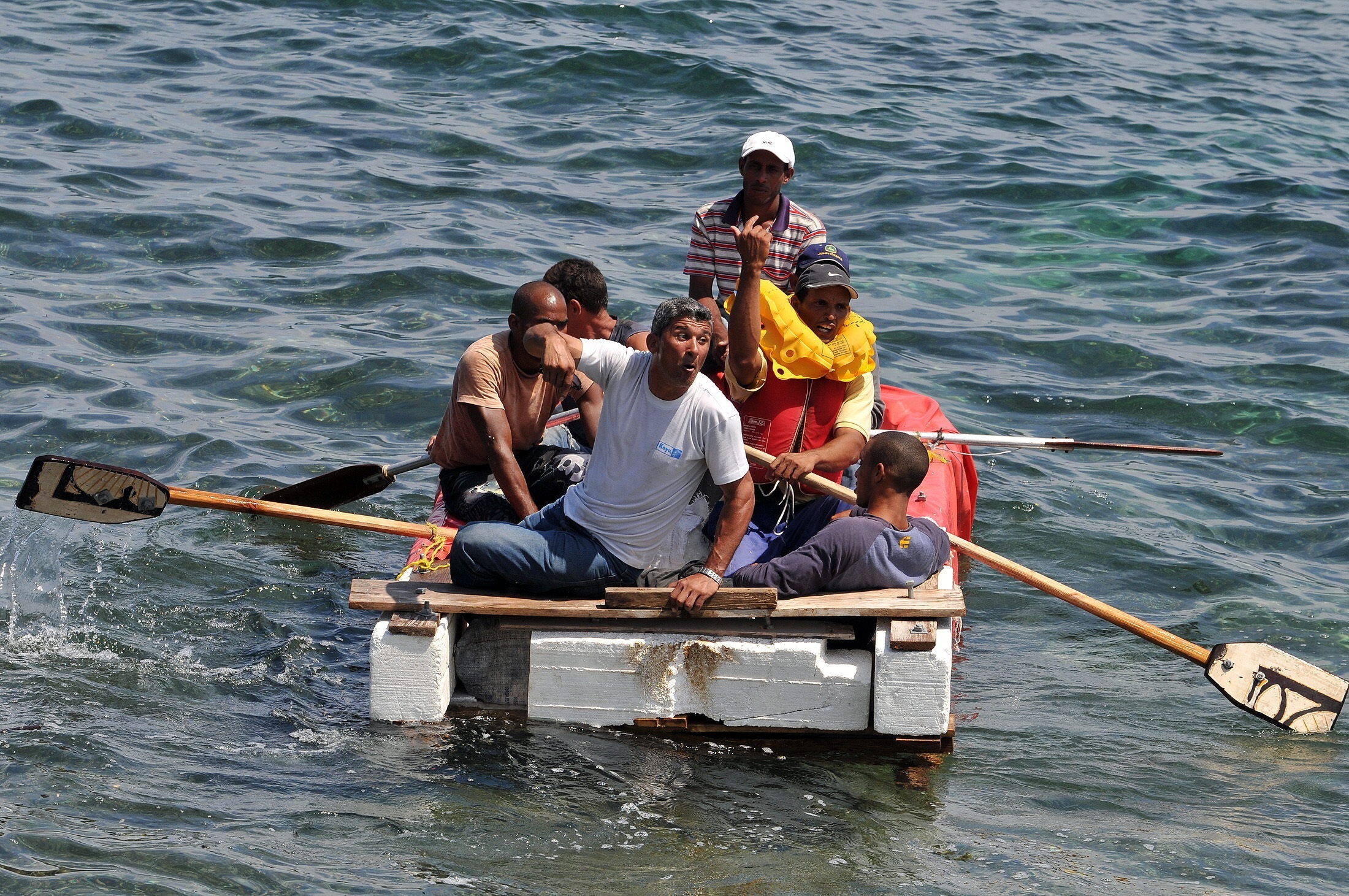
Almost daily, desperate attempts by Cuban citizens are reported trying to reach the United States both by land and by sea. Although since Barack Obama's presidency there is no longer the so-called Dry Feet, Wet Feet law, which gave residents of Cuba who escaped the communist oppressive regime the possibility of having immediate residence in the United States as long as they came to touch American land, Cubans are doing everything possible to reach the land of liberty.
Between October 2021 and February 2022, in just five months, 47,000 Cubans arrived at the southern border of the United States seeking asylum from the Customs and Border Control department. Since the beginning of the pandemic, the United States imposed the rule known as Title 42, a regulation that allows the immediate deportation of anyone who comes from a country where a contagious disease is circulating (something that happens worldwide during a pandemic). This makes getting to the border a complicated gamble, but apparently, this didn't demotivate Cubans.
To understand the size of this issue, it should be noted that in the entire fiscal year ending September 30, 2021, 39,303 Cubans had reached the United States border with Mexico, which already marked an increase in the number of citizens of that country attempting to enter the United States.

While legally under Title 42 the United States can immediately deport Cubans, given the conditions on the island (the escalation of violence against dissidents and extreme poverty as a result of the pandemic), most of those who arrived were at least admitted to begin the asylum application process.
But those who arrived by border are joined by those who try to enter the sea, in an extremely dangerous feat. According to the Coast Guard, since October last year, 1,067 Cubans have been intercepted at sea, a considerably higher number than the 838 that had been intercepted in the same period a year ago. It is not known for certain exactly how many have managed to arrive without being intercepted (and mostly returned to Cuba) by the coast guard. But on an anecdotal level, it should be noted that the local Miami press reports at least weekly cases of arrivals by sea, especially to the Florida Keys. Without going any further, last week 15 Cubans were confirmed to arrive in a precarious boat to Key West, who confirmed that in the odyssey there were other precarious boats that they lost sight of. The coast guard searched for them for days, ending the search without success yesterday morning.

The US embassy in Havana is asking Cubans not to look for illegal ways to enter the United States, as the risk is very great. Although it is fairly possible to calculate how many Cubans have managed to arrive in the United States lately, the number of those who did not make it, with complications along the way, is unspeakable.
The situation is increasingly beginning to recall the crisis of the rafters, in 1994, when 35,000 people arrived in precarious boats to the United States.
KEEP READING
Últimas Noticias
Debanhi Escobar: they secured the motel where she was found lifeless in a cistern
Members of the Specialized Prosecutor's Office in Nuevo León secured the Nueva Castilla Motel as part of the investigations into the case

The oldest person in the world died at the age of 119
Kane Tanaka lived in Japan. She was born six months earlier than George Orwell, the same year that the Wright brothers first flew, and Marie Curie became the first woman to win a Nobel Prize

Macabre find in CDMX: they left a body bagged and tied in a taxi
The body was left in the back seats of the car. It was covered with black bags and tied with industrial tape
The eagles of America will face Manchester City in a duel of legends. Here are the details
The top Mexican football champion will play a match with Pep Guardiola's squad in the Lone Star Cup

Why is it good to bring dogs out to know the world when they are puppies
A so-called protection against the spread of diseases threatens the integral development of dogs




